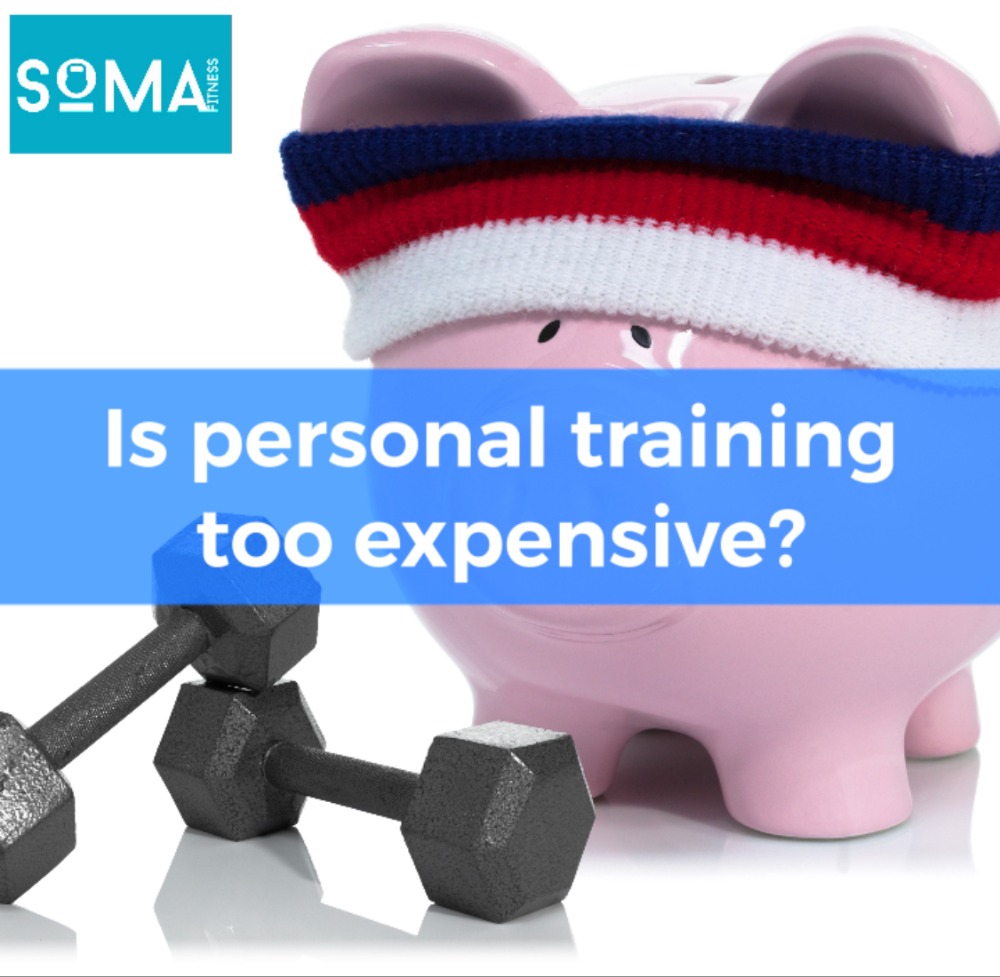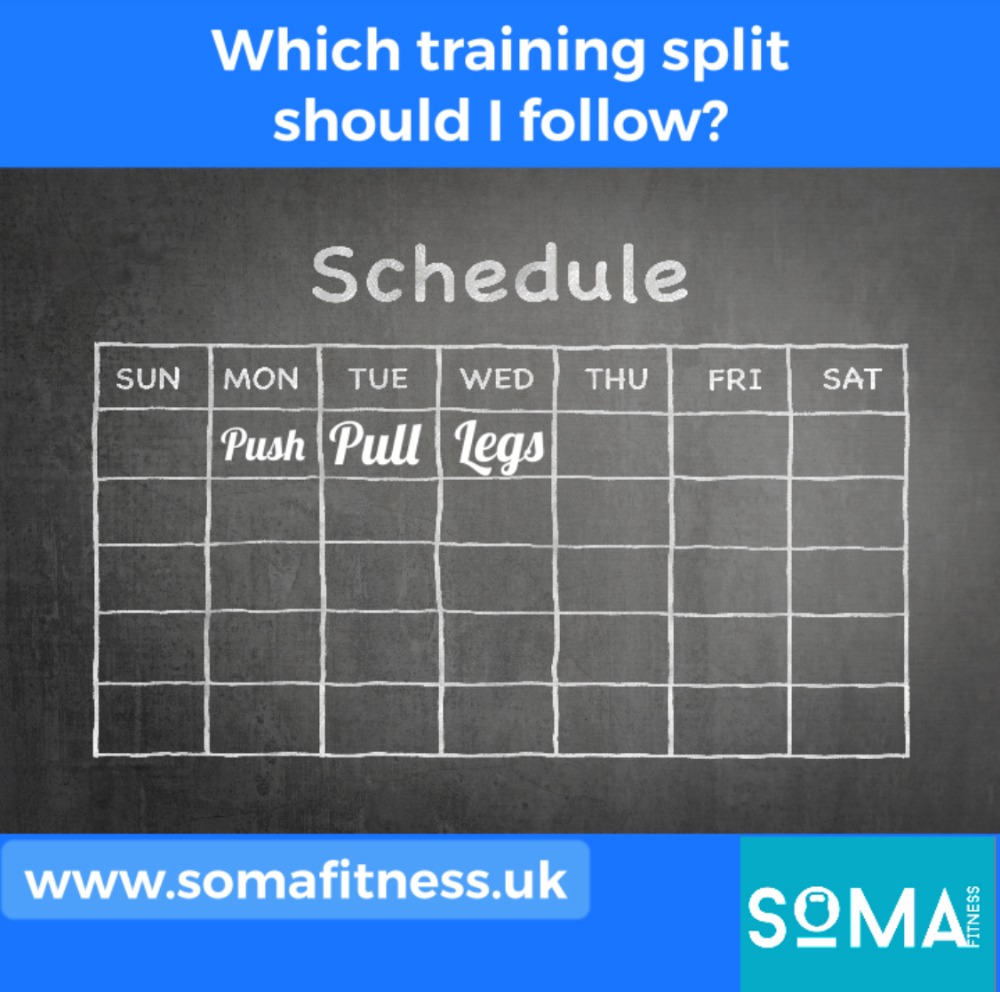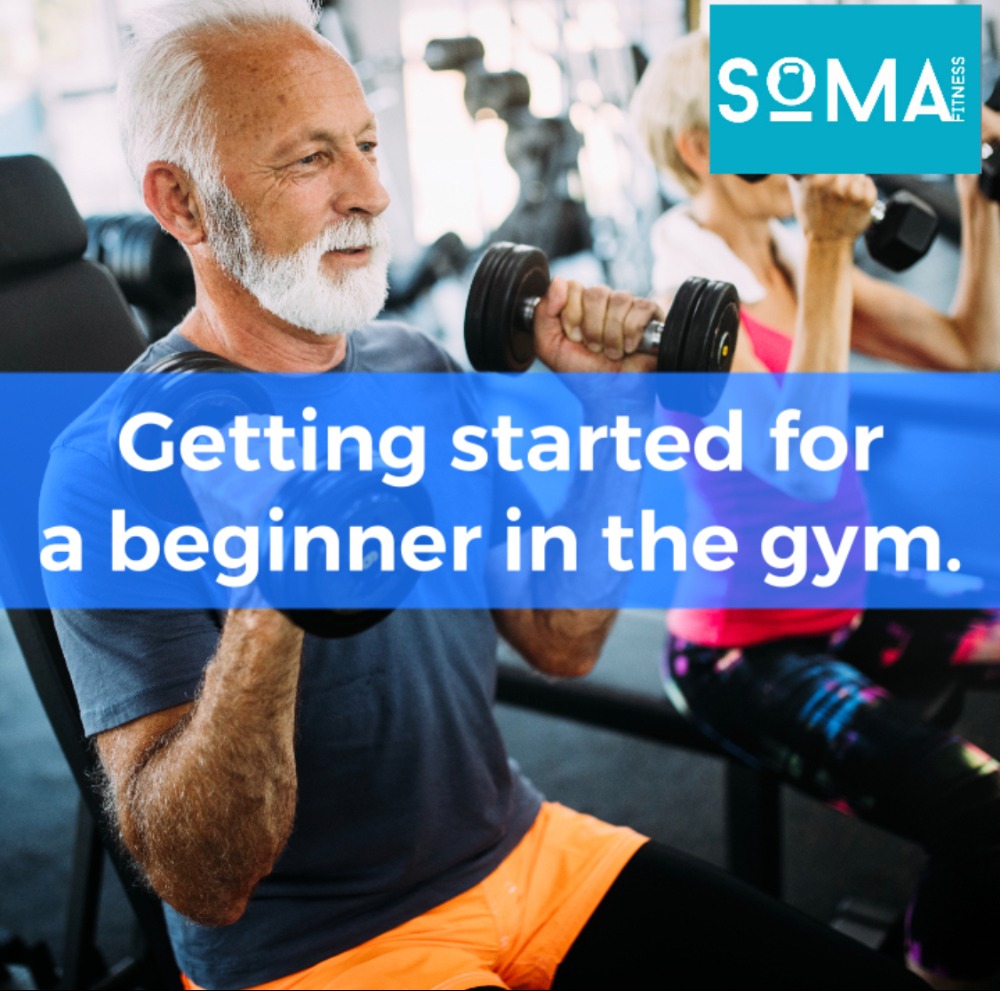Gymnema sylvestre – the sugar destroyer
Gymnema sylvestre, also known as the sugar destroyer or miracle fruit, is a popular medicinal herb that has been used for centuries in Ayurvedic medicine to treat various health conditions. The herb is native to India and is also found in other parts of Asia, Africa, and Australia. The leaves of Gymnema sylvestre contain active compounds such as gymnemic acids, which are responsible for the herb’s medicinal properties. Here are some of the health benefits of Gymnema sylvestre:
Blood sugar control: Gymnema sylvestre has been found to be effective in reducing blood sugar levels in people with type 2 diabetes. The active compounds in Gymnema sylvestre are known to block the absorption of glucose in the intestine and also increase insulin secretion, which helps to lower blood sugar levels.
Weight loss: Gymnema sylvestre can also aid in weight loss. It contains compounds that help to reduce sugar cravings and prevent overeating. By reducing sugar cravings, Gymnema sylvestre can also help to reduce calorie intake, which can lead to weight loss.
Lower cholesterol levels: Studies have shown that Gymnema sylvestre can help to lower cholesterol levels in the body. The herb works by reducing the absorption of cholesterol in the intestine, which helps to lower the overall cholesterol levels in the body.
Anti-inflammatory properties: Gymnema sylvestre has been found to have anti-inflammatory properties that can help to reduce inflammation in the body. Inflammation is linked to various health conditions such as arthritis, heart disease, and cancer.
Digestive health: Gymnema sylvestre has been used in traditional medicine to treat digestive problems such as constipation, indigestion, and flatulence. The herb has been found to have a laxative effect and can help to promote bowel movements.
Anti-cancer properties: Gymnema sylvestre contains compounds that have been found to have anti-cancer properties. The herb has been found to inhibit the growth of cancer cells and also induce apoptosis, which is the programmed cell death of cancer cells.
Gymnema sylvestre is a powerful herb that has many health benefits. Gymnema sylvestre is available in various forms such as capsules, teas, and extracts. For the most part we recommend the consumption of this herb for our personal training clients who struggle with sugar cravings and snacking as a strategy to help them create long lasting habits that will improve their overall health.
Find Gymnema Drops Online:
Gymnema (Gymnema sylvestre or Marsdenia sylvestris) Leaves, Liquid Extract Drops 120 ml







Recent Comments